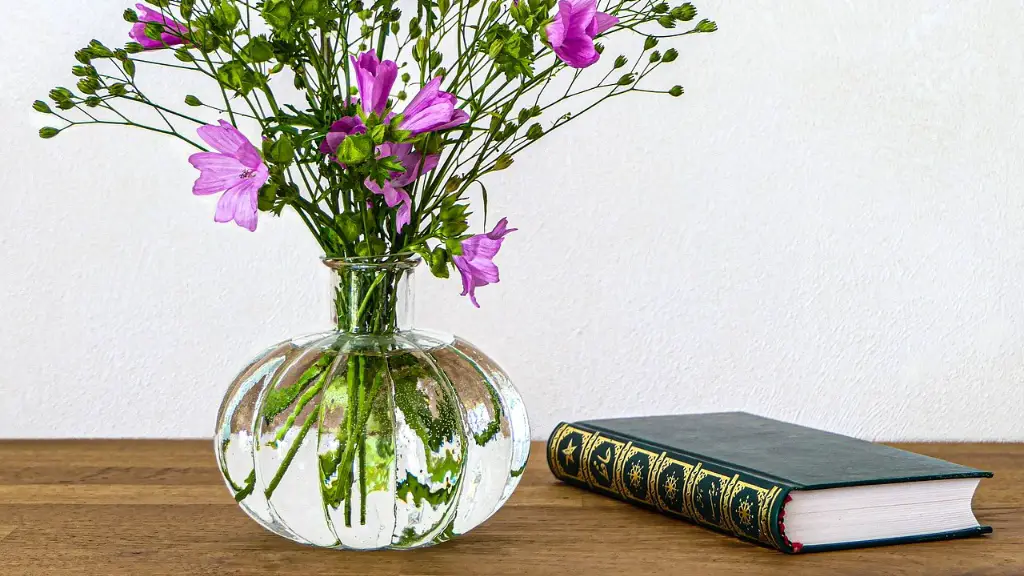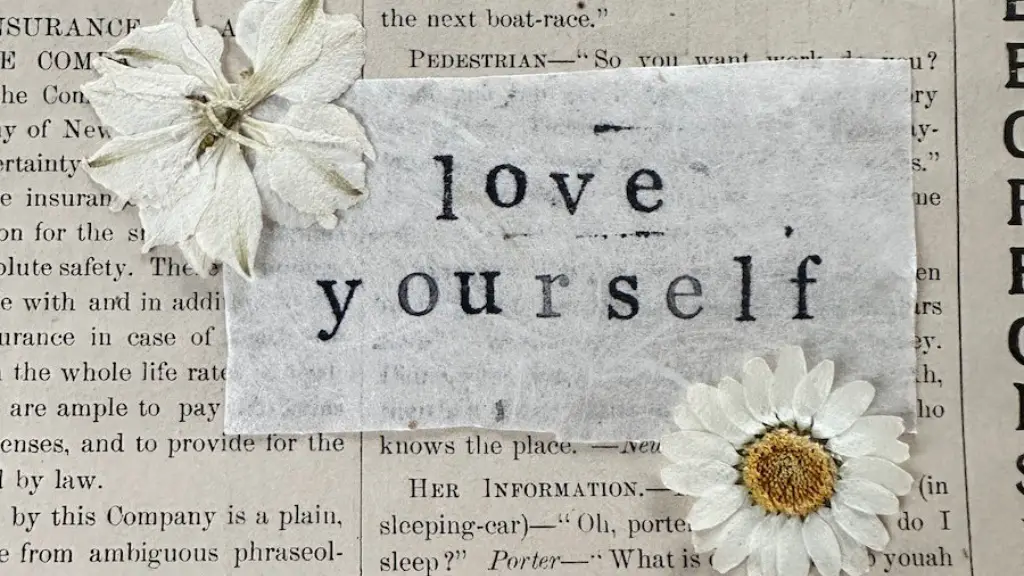Introduction
Submitting poems to a publisher can be a daunting prospect for many writers, especially those who have never done it before. Even experienced poets often struggle with the process of getting their work seen by the right people. To make navigating this process as painless as possible, this article offers a comprehensive guide to submitting poetry to a publisher. It begins by outlining the basic information all poets should have on-hand before starting the submission process, then highlights the different routes to publication and explores the pros and cons of each. It also offers advice for crafting effective query letters and outlines key guidelines for editing and submitting work. The article then expands on the topic in four additional sections, with specific advice for submitting to a magazine, a lit journal, a chapbook, and a theme-based anthology.
Basic Information for Poetry Submissions
Before starting to submit poems to publishers, authors should first gather together all the fundamental information they’ll need in the journey. Providing a list of contact information, including the poet’s name, address, and email, helps streamline the application process and ensures that pieces can be traced back to their rightful authors. It’s also a good idea to create a standard bio which can easily be included on any poetry submissions. This should include the poet’s past publications and awards, as they’re likely to be asked for before being considered for publication. Visiting the publisher’s website and reading their mission statement can also be enough to determine if the work is a good fit for the particular house.
Different Paths to Publication
The two common paths for publishing poetry are approaching a magazine or lit journal directly, or submitting to a chapbook or anthology. Although practitioners of both routes can expect to submit the same application materials and query letters, the ultimate goal for each is quite different. For poets submitting to a magazine, the aim is to get individual poems published in a specific issue. On the other hand, a chapbook or anthology often takes submissions of an entire body of work, and seeks more substantial manuscripts from poets. Each option comes with unique benefits, so authors should take time to consider their goals before submitting.
Crafting Effective Query Letters
The heart of any successful submission package is the query letter. More than a simple introduction, this document provides the opportunity to show off some of the poet’s writing, and demonstrate their aptitude for language and imagery. It’s important to craft the query letter with style and poise, as it’s often the first thing a publisher will see. It’s wise to start by introducing oneself, offering a brief biography and describing why the poetry submitted is a good fit for the publisher’s platform. The letter should also include some samples of the poet’s published work, and a relevant, unique anecdote if the author has the necessary inclination and space.
Editing and Submitting Work
Poets must never submit a first draft of their work, no matter how pressing the urgency feels in the moment. Taking time to edit and refine each poem is essential for success. Proofreading for typos, grammar errors, and syntax mistakes is a must; spell checkers can help with this process. Poets can also benefit from reading their work aloud or using a thesaurus to help come up with better, more evocative wording. After the edits are complete and the submitted materials are ready, poets should take time to review the publisher’s guidelines and make sure that the submission is formatted correctly. Once it is eligible to be submitted, the package should be posted promptly and in good faith.
Submitting Poetry to a Magazine
When submitting work to a magazine, poems should be sent individually, rather than sending a whole collection of work. It’s also important to be aware of the theme or aesthetic of each publication, as this will often be indicated on the website. Prior to sending individual poems, it’s a good idea for publishers to submit a query letter and a few sample pieces to the magazine’s editorial team, so they can be sure the project is a good fit. Once they have approval to submit single poems, authors should make sure they’re sending their best work, as space is usually limited in magazines.
Submitting Poetry to a Lit Journal
Lit journals may accept small collections or large volumes of work, so poets should clarify which format is preferred before submitting. Though many lit journals are keen to stay current and diverse, work should still fit the journal’s theme and style. Queries should consist of around two pages of material, covering the poet’s background and the proposed scope of the submitted body of work. Keeping it concise and to the point is key. Journals may also accept submissions already under review from other houses; if the author is entering his or her work in similar competitions, this should be mentioned in the letter.
Submitting Poetry to a Chapbook
A chapbook is a collection of work printed in limited edition or cost-effective formats. Because chapbooks are often released as promotional pieces, authors are expected to have a plan of action for getting the book into the hands of potential fans. To make sure the chapbook doesn’t remain undiscovered, authors should provide a suggestion for promotion, including potential readings and events. Poets should also create a synopsis of the chapbook, so potential publishers can get a good sense of what they’re being presented. It’s also important to note where the chapbook is at in the editing process and if any promotional materials, like a book cover, have already been created.
Submitting Poetry to a Theme-Based Anthology
Anthologies provide the most convenient way to assemble a variety of works by established and upcoming authors. To make sure a poem can be featured in an anthology, poets should make sure their work fits the chosen theme. Before submitting, poets should be familiar with the work of fellow contributors and ensure that their own work stands up to the same standard. Poets should also provide a single page bio, and be prepared to submit more than one piece. As the publisher is likely to limit the scope of materials, this should adhere to the standards of the anthology without compromising on individual themes and styles.
Final Thoughts
Submitting poems to a publisher can be a daunting, but ultimately rewarding task. With clear expectations, self-reflection, and attention to detail, poets can successfully submit work to magazines, journals, chapbooks, and anthologies. Learning to craft effective query letters and requests for consideration, and tailoring submissions to the appropriate guidelines are all important skills to practice and refine. By following these steps and considering the different paths to publication, poets can lay the groundwork for finding the right home for their work.


